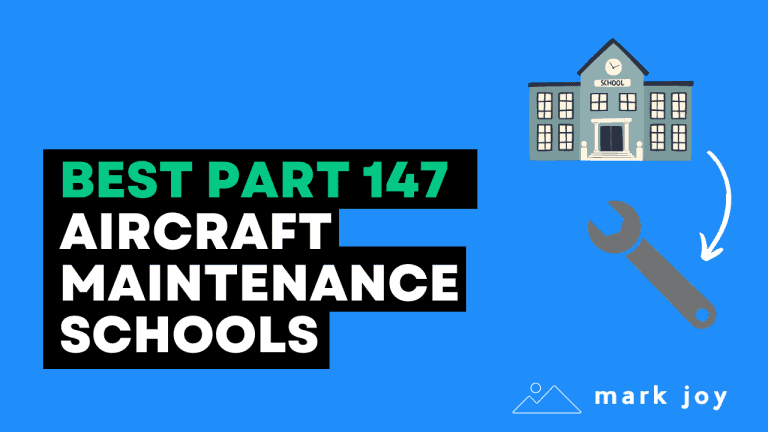Aircraft fire system maintenance is crucial for aviation safety, a fact often overlooked by passengers. For those involved in aviation, from pilots to mechanics, its importance is paramount. These intricate systems, protecting aircraft from fire hazards, require regular maintenance to ensure they function flawlessly in emergencies.
The Importance of Aircraft Fire Protection Systems
Fire poses a significant threat to aircraft. All modern multiengine aircraft have fixed fire protection systems installed. These systems are designed to detect and extinguish fires in designated fire zones, areas requiring high fire resistance.
Simply having these systems isn’t enough; regular aircraft fire system maintenance is essential. A malfunctioning fire detection or suppression system is practically useless.
Types of Aircraft Fire Protection Systems
Several types of fire detection systems exist in aircraft:
- Thermal switch systems.
- Thermocouple systems.
- Continuous-loop detector systems.
- Optical fire detection systems.
Each system has specific maintenance requirements. Thermal switch systems need regular checks, ensuring the switches function correctly. Optical fire detection systems require cleaning to prevent false alarms.
Key Components of Aircraft Fire System Maintenance
Maintaining aircraft fire protection systems involves several key components.
Regular Inspections
Regular inspections are fundamental to aircraft fire system maintenance, identifying potential issues early. These inspections include visual checks for damage or corrosion.
Testing of detection systems and inspection of extinguishing agent containers are performed.
Verification of system pressure for pressurized systems is crucial.
Component Replacement
Certain fire protection system components have a limited lifespan. Fire extinguisher bottles often need replacing or recharging at set intervals.
System Testing
Regularly testing the entire fire protection system is critical. This involves simulating fire conditions to verify proper activation of detection systems and deployment of suppression systems.
Maintenance Schedules for Aircraft Fire Systems
Aircraft fire system maintenance requires ongoing attention. Daily checks include visually inspecting accessible components.
Monthly inspections involve more thorough checks, like pressure gauge readings. Annual maintenance involves comprehensive system checks and tests.
Long-term maintenance includes replacing components at set intervals, often every 6-12 years. These schedules vary based on the aircraft and its systems.
Consult the applicable manufacturer’s instructions and FAA regulations for specific maintenance requirements.
Challenges in Aircraft Fire System Maintenance
Maintaining aircraft fire protection systems presents challenges. Accessibility is one issue, with some components difficult to reach.
Modern aircraft often have multiple complex interconnected fire protection systems. Regulatory compliance, staying current with changing FAA regulations, is another challenge.
Cost is also a factor; high-quality maintenance, while expensive, is vital for aviation safety. Appropriately sized portable extinguishers are necessary as supplementary safety equipment.
Innovations in Aircraft Fire System Maintenance
The field is constantly evolving, with new technologies improving efficiency. Advanced diagnostics provide detailed system health insights. Predictive maintenance uses data to anticipate component failures.
Improved, more environmentally friendly fire suppression agents are in development. Portable extinguishers can be helpful safety equipment for electrical equipment fires, though internal inspection by a certified technician may still be necessary.
The Role of AI in Fire System Maintenance
AI analyzes data from multiple sensors to detect potential issues early, reducing maintenance costs. Common extinguishing agents include carbon dioxide, which helps extinguish fires in various activity areas. Internal inspection is occasionally required.
The Human Factor in Aircraft Fire System Maintenance
While technology is important, skilled technicians are essential for interpreting complex maintenance manuals and spotting subtle damage signs. They make judgment calls in unclear situations and ensure safety protocol adherence. Good working order is a critical objective of all aircraft fire systems maintenance activities.
Ongoing training for maintenance personnel is vital. Technicians learn about new technologies and refine skills no machine can replicate. Proper breathing apparatus is required when working with specific extinguishing agents.
The Future of Aircraft Fire System Maintenance
The future likely holds even more sophisticated systems. More integrated systems may self-diagnose and report issues. Virtual reality could train maintenance personnel.
Increased drone use for visual inspections is possible. New, more effective fire suppression agents may be developed.
The importance of diligent fire system maintenance will always be critical to flight safety.
FAQs about aircraft fire system maintenance
What is fire system maintenance?
Fire system maintenance involves regular inspections, testing, and upkeep of fire detection and suppression systems. This ensures proper function when needed. The check condition of sensors, replace worn components, and verify suppression agent containers.
What is the maintenance of aircraft fire extinguisher system?
Maintaining aircraft fire extinguisher systems involves regular inspections, pressure checks, and replacing extinguishing agents. Testing activation mechanisms and ensuring all components are damage-free is also important.
How often should a fire suppression system be serviced?
Servicing frequency varies based on the specific system and aircraft type. Generally, daily visual inspections, monthly thorough checks, and annual comprehensive maintenance are performed. Some components require replacement every 6-12 years.
How do you maintain a fire protection system?
Maintaining a fire protection system includes regular inspections and testing of detection and suppression components. Replacing worn parts and complying with manufacturer guidelines and FAA regulations is vital. Keeping detailed maintenance records and staying updated on safety protocols are essential.
Conclusion
Aircraft fire system maintenance is complex but vital for aviation safety. It demands technical expertise, attention to detail, and commitment to safety. From daily visual checks to annual maintenance, every step is critical for safe skies.
As discussed, this field is constantly evolving, with new technologies emerging. The core goal remains ensuring these systems work flawlessly when needed. The next time you fly, consider the unseen work that maintains these vital systems, a testament to the professionals dedicated to air travel safety. Remember that these systems designed for specific aircraft type work automatically when needed but also rely on monthly inspections.

